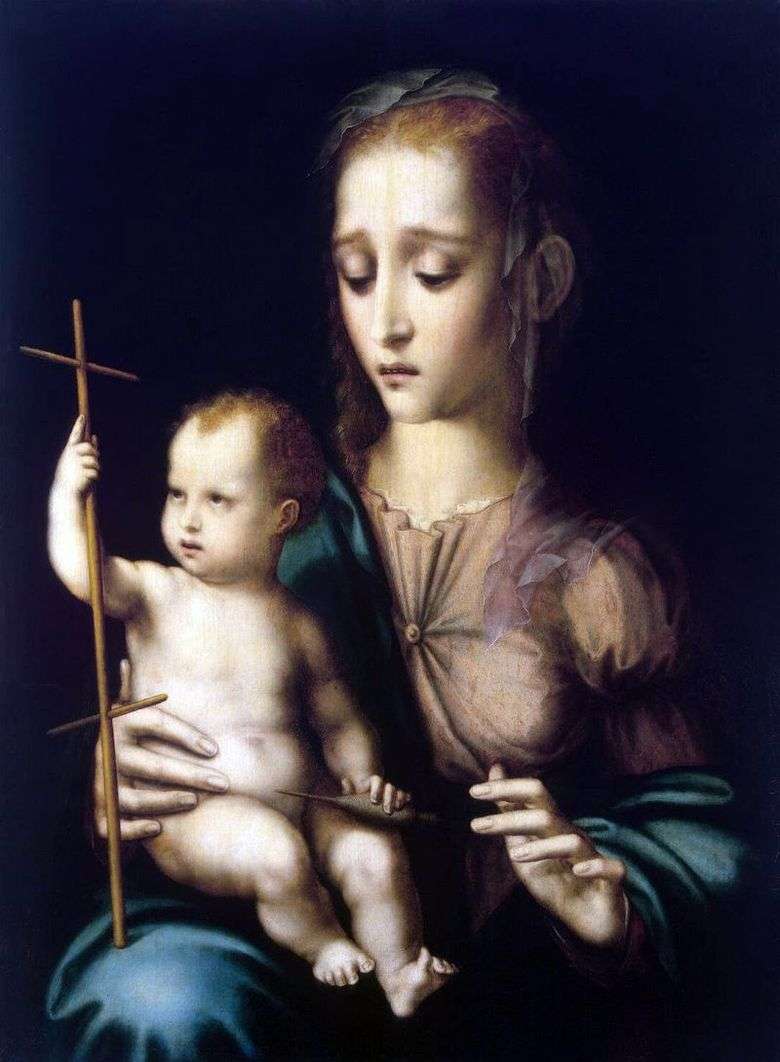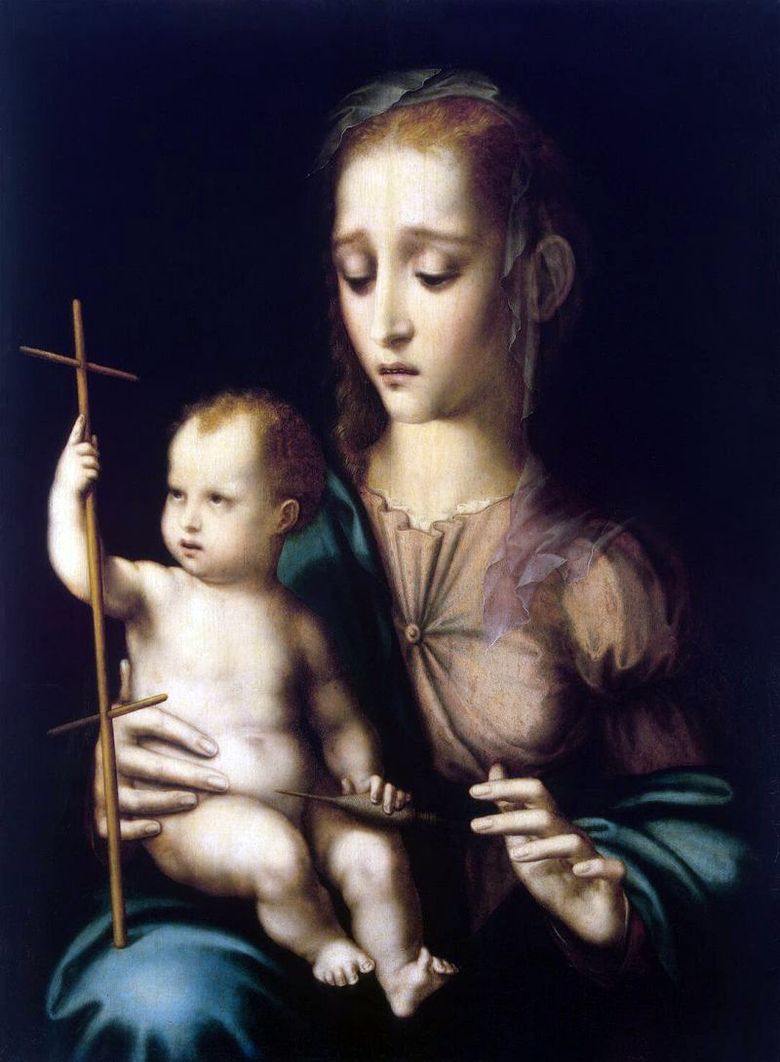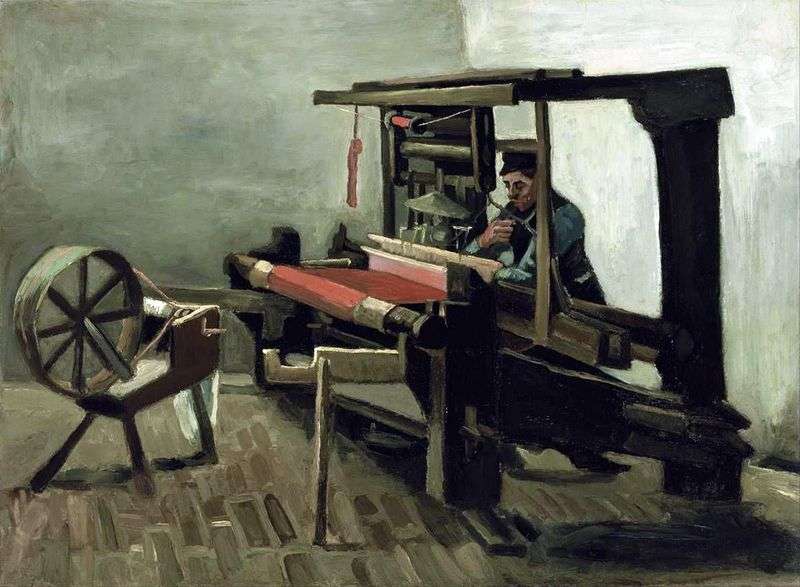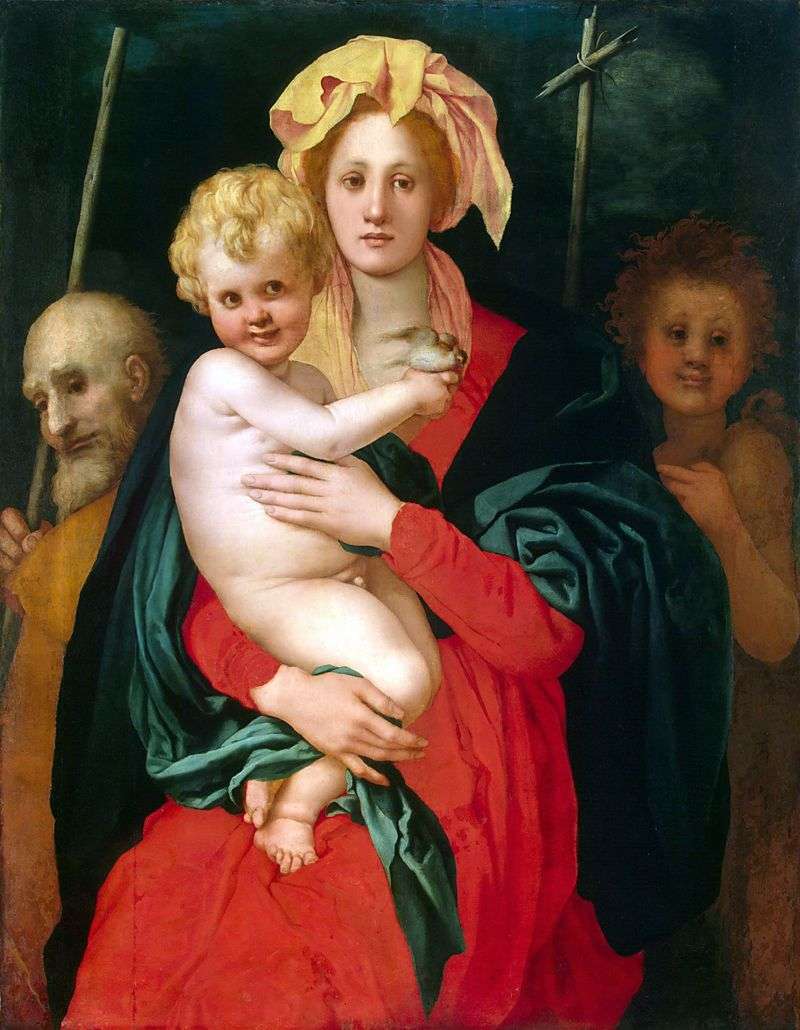
In the life and work of Luis de Morales, nicknamed in the XVIII century. “Divine”, a lot of mystery. It remains unclear from whom the artist studied, how his creative formation took place. It is known, however, that he lived almost all his life in Badajoz, had a workshop, enjoyed the patronage of the City Council and the bishop don Jeronimo Suarez.
In 1561, Morales was invited to the Court at Escorial, but the picture of Christ’s Way of the Cross did not please Philip II, and the master returned to Badajoz. Creativity Morales takes a separate place in Spanish art. This is due to the fact that the artist lived in the province and was away from the fashion trends of the time.
On the other hand, isolation contributed to the manifestation of his individuality. In the painting of Morales, Spanish mysticism and folk piety, expressiveness and idealized detachment, elevation and cold nobility of images characteristic of the aesthetics of Mannerism were combined.
The best works of the artist are not great narrative cycles, but works devoted to individual heroes and the theme of Christian sacrifice. These works include the picture presented. Other famous works: “Behold the Man.” Museum of the Royal Academy of Fine Arts San Fernando, Madrid; “Madonna and Child”. OK. 1570. Prado, Madrid.
 Madonna con el niño y la rueca en forma de cruz – Luis de Morales
Madonna con el niño y la rueca en forma de cruz – Luis de Morales Vierge à l’enfant avec un rouet en forme de croix – Luis de Morales
Vierge à l’enfant avec un rouet en forme de croix – Luis de Morales Madonna with spinning wheel by Leonardo Da Vinci
Madonna with spinning wheel by Leonardo Da Vinci Still life with figs by Luis Melendez
Still life with figs by Luis Melendez The Wheel of Time by Luis Royo
The Wheel of Time by Luis Royo Weaver with spinning wheel, facing the artist with his left side by Vincent Van Gogh
Weaver with spinning wheel, facing the artist with his left side by Vincent Van Gogh Madonna and Child by Bartholomew-Esteban Murillo
Madonna and Child by Bartholomew-Esteban Murillo Madonna and Child, St. Joseph and John the Baptist by Jacopo Pontormo
Madonna and Child, St. Joseph and John the Baptist by Jacopo Pontormo